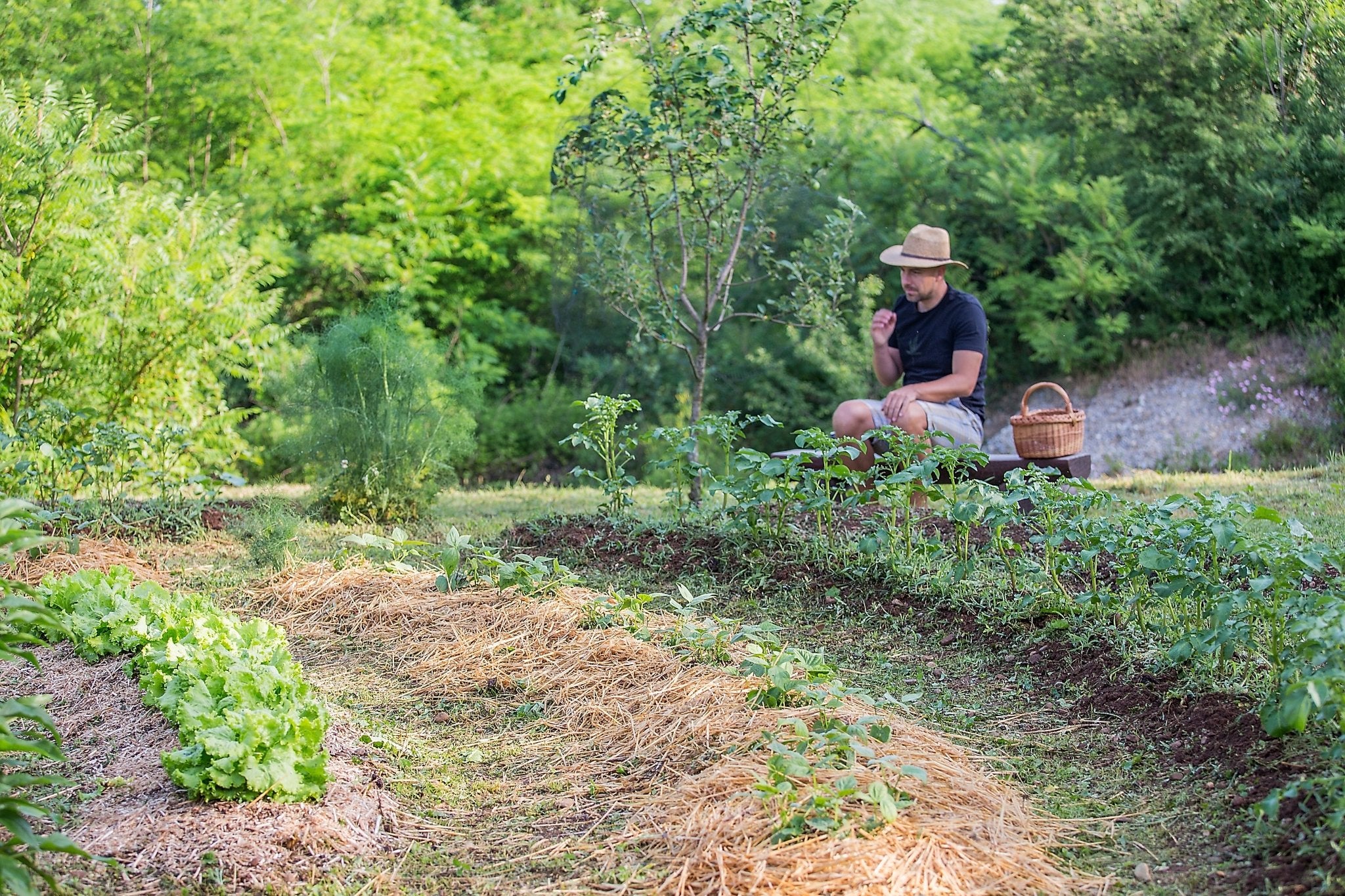
Adjusting to Climate Change in the Garden
Climate change is global and creeping up on us faster than originally forecasted. Gardeners probably sense it first, being so in tune with the natural cycles of the planet. I can certainly speak for myself, with warmer winters, early fake springs, ‘exceptional’ drought, and record-breaking temperatures. That was just 2018!
Carbon dioxide (CO2) emissions are the cause of anthropogenic climate change. The Industrial Revolution was the beginning of these massive changes, with the burning of fossil fuels, especially coal. The air pollution from burning fossil fuels collects in the atmosphere and traps warm air close to the earth. Hence the rise in temperatures.
It’s not just about warming, though. As temperatures go up, weather patterns become erratic and extreme, meaning bigger blizzards and colder winter temperatures as the jet stream shifts. For a gardener, this makes growing more challenging than usual. Reducing CO2 emissions is a small part of the global climate solution, but gardeners can do small things at home to make a dent in the problem. City governments would be wise to consider these small actions, too.
Reduce CO2 emissions
To begin, stop using tools and equipment that are powered by fossil fuels. Even electricity is produced using coal, so think twice about an electric rototiller, hedge clippers or chain saw. There are sturdy and effective hand tools for the home garden. Besides getting the work done, you will get a decent workout! Pull weeds by hand and turn your soil with a flat tined pitchfork or a broadfork. Better yet, go no-till or low-till to not disturb the soil and micro-organisms and release its stored carbon. Stop using synthetic fertilizers and pesticides. They are manufactured in polluting factories, and shipped thousands of miles to get to you, creating tons of CO2 emissions. Soil captures and stores carbon. Build it up with compost to create a healthy garden soil needing fewer pesticides and less fertilizer. Use plant-based fertilizers if necessary. Practice IPM (Integrated Pest Management), which relies on observation and knowledge of the life cycles of pests to deal with them effectively.Choose plants wisely
- Buy locally grown plants to further cut down on transportation emissions. Learn to grow your own starts, and participate in seed swaps to get hardy, resilient, locally adapted seeds.
- Plant trees and shrubs, which sequester the most carbon. Trees also provide shade to reduce your cooling bills and emissions.
- Diversity is the best buffer against weather extremes and pests that have new, larger ranges. As bloom times change for plants, so do habitats and food sources for pollinators and wildlife. Bees can appear in spring and have nothing to eat! Experiment with new varieties to maintain constant bloom times throughout the longer seasons.
- Study the native plants of the next warmest zone. Experiment with what might survive, and keep notes on how they do. Perennials and shrubs will respond to the climate faster than trees will.
- Get rid of your lawn. Grass uses copious amounts of water, fertilizer, and pesticides, and mowing pollutes. Run-off creates air and water pollution downstream. Replace your traditional lawn with native grasses that don’t need mowing or fertilizing. Consider ground covers such as creeping thyme or succulents.
- Do not use potting soil that contains peat moss. Peat bogs store a lot of carbon that gets released when it is harvested. The bogs are also finite and home to diverse wildlife. They need to be protected.
- Mulch to protect soil from erosion, keep it cool, conserve water, and protect the roots of perennials and shrubs. It will also keep stored carbon out of the atmosphere. Mulch keeps down weeds, which seem to be benefiting from warmer temperatures the most! As organic mulch decomposes it helps build healthy soil by releasing important nutrients and adding humus.
- Observe your yard to see where water flows. With the potential for heavy rains, you need to direct the water away from your house and plantings. Know where potential flooding could go, and plant accordingly.
- Do not send your yard waste to the landfill. Borrow a chipper and turn it into mulch. Alternatively, create a brush pile that can house wildlife and beneficial critters.
- Even tiny urban gardens can help mitigate emissions. They not only capture carbon, they help moderate temperatures, buffering the heat island effect. Cities would do well to plant trees for shade, sequestering carbon, and keeping the pavement cool.
Changes at home
I garden in Zone 5 where the season is short and cold. We have been breeding and growing cool season crops that will mature in less than 90 days. After the last two seasons, I’m beginning to wonder if we shouldn’t be breeding the ones that survive the extreme heat and drought! This is a perfect example of the changes our planet is going through. To follow my own recommendations here, I’d experiment with longer season varieties, plant earlier in spring and later in summer, and find Zone 6 natives to try for extended bloom times. For all gardeners, adapting to climate change will be a matter of observing more closely than we usually do, and being flexible. All gardening is an experiment anyway, right? Here’s the experiment of a lifetime.Would you like to be the first to hear about our new products and more?
Sign up for our Nature’s Path Newsletter.

